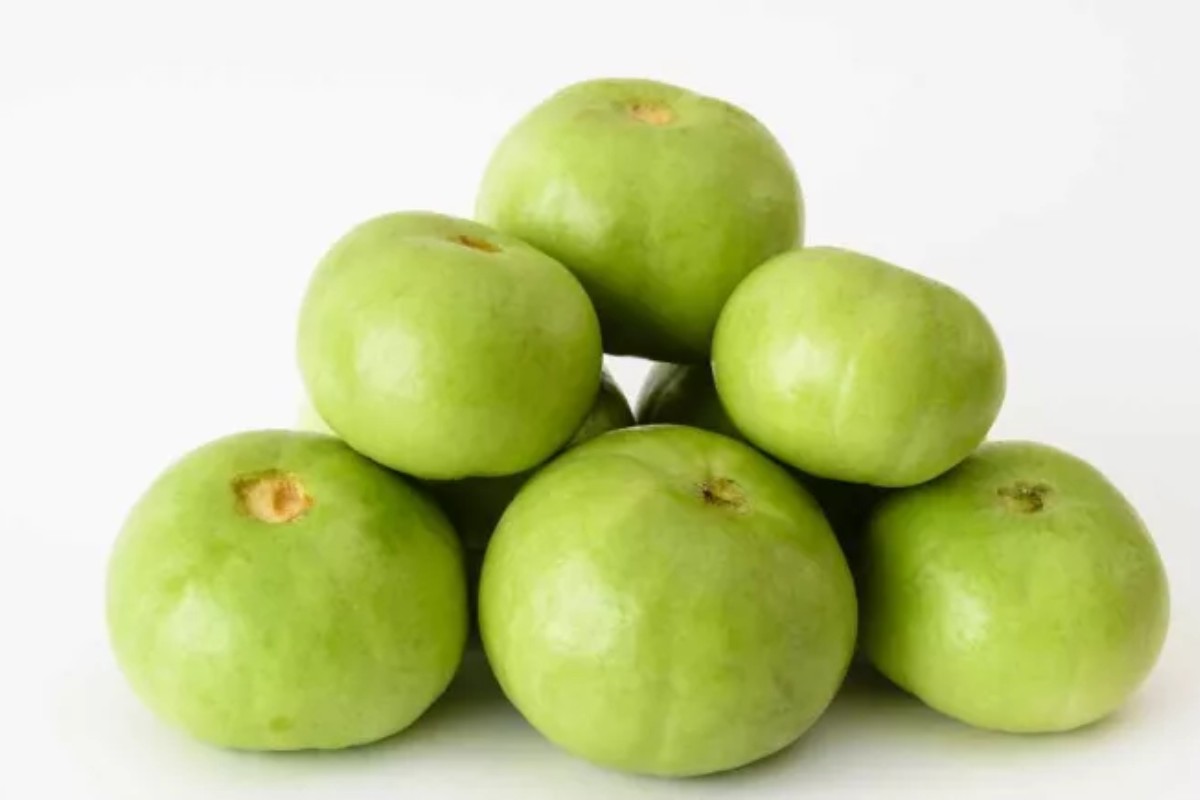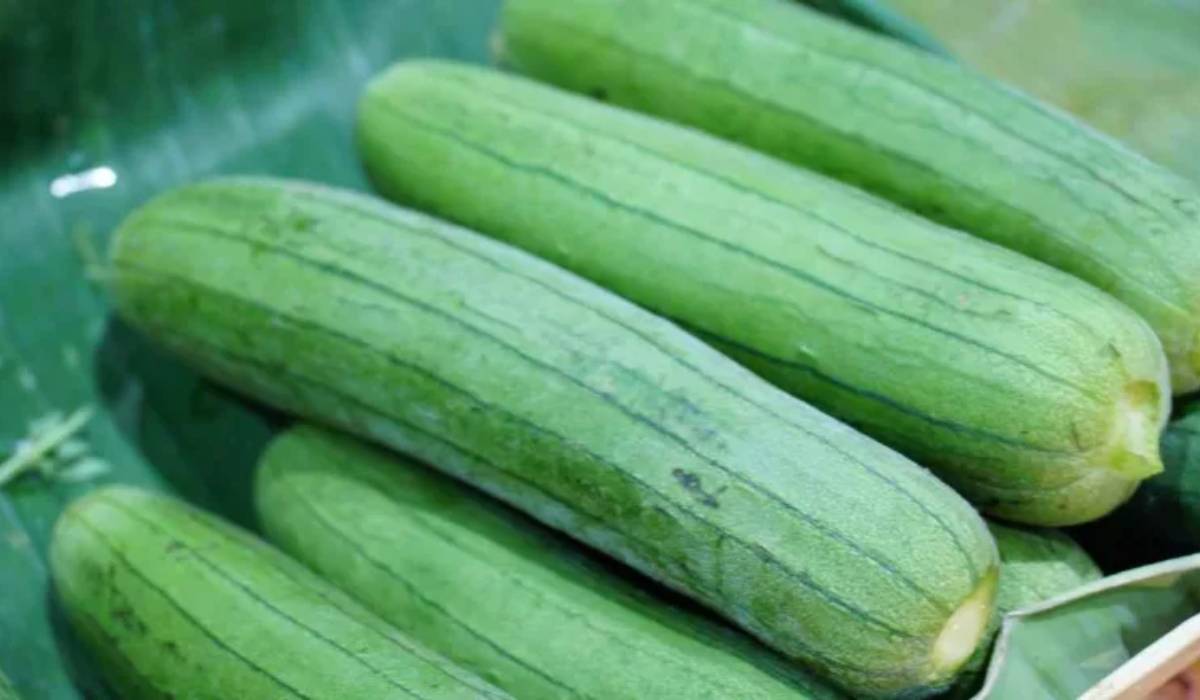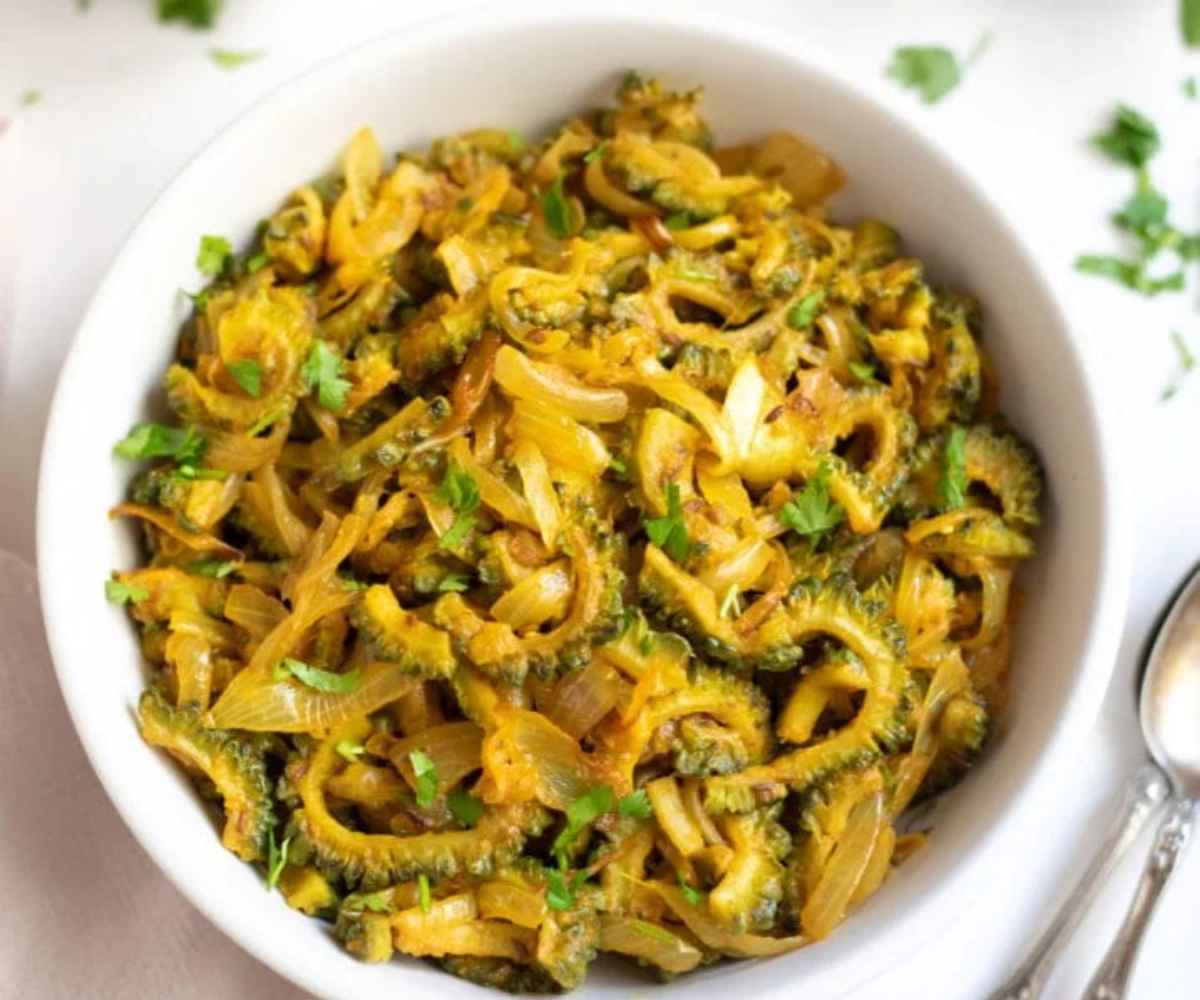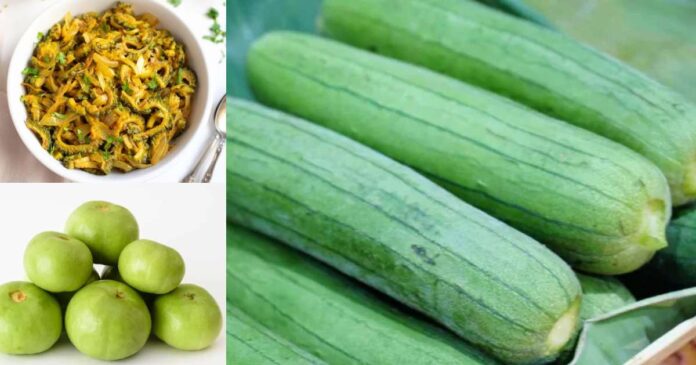Summers in Pakistan are not everyone’s cup of tea. Between the load shedding, the relentless heat and the never-ending complaints about bijli and paani, it can feel like a struggle to get through the day. But amid all the sweat and sighs, summer also brings something genuinely good: a burst of fresh, local vegetables that are made for our climate and our bodies. From the fertile field of Sindh to the lush plains of Punjab, the summer season brings along a diverse range of vegetables. Yes, the vegetables this season don’t get the credit they deserve.
Important Fact: As per the agricultural studies, Pakistan, due to its fertile land, ranks among the top producers of many summer vegetables.
Here are some essential summer vegetables that we Pakistanis need to make use of.
What’s in Season: Summer Season Vegetables in Pakistan
If you’ve ever walked through a sabzi mandi or stopped by a roadside thela in June, you already know the regulars. Here’s a quick reminder:
Tinda (Round Gourd)
Yes, Round Gourd is the vegetable you probably pushed aside as a kid. I used to hate it too, until I had it slow-cooked with fresh garlic, a bit of turmeric, and lots of patience. It turns buttery soft and oozes with flavour. Some people even roast the seeds of the Tinday and enjoy them.
For Planting: The sowing season of round gourd in Pakistan is March–April and June-July.
Round Gourd Benefits: Round Gourd has vitamins and carotene. It can boost the overall immunity of a person. Moreover, it has antioxidant properties that can protect the body. It has less fibrous pulp, which is why it can be easily digested.
Tip: Pair it with chapati and achar; it will become the ultimate desi comfort food.

Torai (Ridge Gourd)
Let’s be honest, Torai has an image problem. Most people think it’s boring, but it’s actually one of the most refreshing things you can eat in this heat. Plus, it cooks super fast. The vegetable has two variants, one with a ridged surface and the other with a smoother surface.
For Planting: The ideal sowing season for ridge gourd in Pakistan is from early spring to mid-summer, typically between February and July.
Ridge Gourd Benefits: Ridge Gourd is full of dietary fibres, iron, magnesium, vitamins A & C, and Vitamin B6. It has low-calorie content, cholesterol, and unhealthy saturated fats. Moreover, it is packed with alkaloid compounds and antioxidants that can regulate metabolism and also remove toxins from the body.
Pro tip: Sauté it with onions, green chilies and a bit of zeera. Keep it simple. Also, avoid cooking ridge gourd for too long and using too much water to preserve the water-soluble vitamins.

Bhindi (Okra)
Crispy, slimy or somewhere in between; bhindi can go a hundred ways. It is devoured the most when it is dry-fried with a bit of salt and coriander powder. The crunchy texture and rich fibre content make it a summer favourite.
For Planting: The optimal sowing season for okra in Pakistan is generally February to March for the spring crop and June to July for the monsoon crop.
Okra Benefits: One of the major benefits of okra is that it promotes digestive health and also boosts immunity. It also adds a delightful crunch to the meal. But the best part is that this tiny-looking vegetable is full of dietary fibre, minerals, and vitamins.
Tip: Cook it on high heat to make it crispy on the outside and soft on the inside. Also, don’t overdo the stirring unless you want gooey strings everywhere.
Karela (Bitter Gourd)
Love it or hate it, karela is surprisingly addictive once you get the hang of it. With its sharp taste and jagged skin, bitter gourd is a powerhouse of nutrients. Don’t let its bitterness put you off—it’s packed with health benefits.
For Planting: The best time to sow bitter gourd seeds in Pakistan is during the spring and summer months, typically from February to March and again from June to July.
Bitter Gourd Benefits: Karela is packed with iron, magnesium and Vitamins (B1, B2 and B3). Moreover, it is beneficial for blood sugar regulation, improving skin health, decreasing cholesterol levels, and preventing cancer, etc.
Tip: Let it be bitter. That’s the point.

Baingan (Eggplant)
Brinjal, or eggplant, is versatile and full of nutrients. While purple is the most common colour in Pakistan, it grows in many shapes and shades globally. Toss it on the stove flame and season it with mustard oil / green chillies for a killer bharta.
For Planting: The sowing time of Eggplant in Pakistan is February, June and November.
Eggplant Benefits: Eggplant helps in promoting digestion and preventing constipation. Moreover, it has phytonutrients that have anti-cancer properties. Additionally, it is a low-sodium vegetable that is suitable for people with high blood pressure or kidney problems.
Try this: Baingan ka bharta with fresh roti? Peak summer.
Cucumber (Kheera)
This one needs no intro. It’s the official snack of summer, full of water and other nutrients. Slice it, sprinkle with chaat masala, and you’re good to go. It’s also great for refreshing raitas and quick salads.
For Planting: The ideal sowing season for cucumber in Pakistan is primarily during the spring (February-April) and the monsoon season (July-August).
Cucumber Benefits: Cucumber has a rich water content which helps in lowering blood sugar levels, preventing constipation and also supporting weight loss. It is rich in antioxidants, which can combat many chronic conditions. Cucumber is also used to make detox water, which helps remove toxins from your body, lowers blood pressure, and improves skin health.
Try It: Add black pepper and lemon to a cucumber mix and get addicted.
Why You Should be Eating Seasonally (Especially in Pakistan)
Here’s the thing; we don’t need kale or asparagus flown in from who-knows-where. Our own land offers exactly what our bodies need, when we need it.
- Cucumbers to cool us down.
- Fibre-rich gourds to help our digestion.
- Water-rich veggies to stay hydrated.
Also, seasonal produce is cheaper, fresher, and more flavourful. You can literally smell the difference between a sun-ripened local kheera and the waxy, imported stuff.
Read More: Is a Wave of Food Insecurity About to Hit Pakistan?
Getting the Most Out of Summer Vegetables
Here are some quick tips that are needed to utilise the most from these summer season vegetables in Pakistan:
- Buy early in the day. The vegetable sellers bring their best stuff in the morning. By noon, it’s all sun-wilted.
- Store them properly. Don’t toss karela and bhindi into a hot kitchen drawer. Keep them in breathable cloth bags in the fridge.
- Cook light. Heavy masalas + 40°C = food coma. Use lemon juice, mustard seeds, and fresh coriander to keep things airy.
- Use the skin: Karela peel in chutneys or Baingan skins in compost. Don’t waste it.
- Grow your own, even if it’s just mint and coriander. It’s cheaper and ridiculously satisfying.
It’s Not Just Food!
Summer vegetables in Pakistan aren’t just about survival. They’re about slowing down, cooking simply and remembering that our ancestors lived well before cold storage and microwaves.
If you’re lucky enough to still have a dadi or nani around, ask them how they used to cook tinday or bhindi. They’ll probably tell you a story, and maybe you’ll come across a recipe worth passing on. So yeah, summer’s rough but your sabzi doesn’t have to be.
Stay tuned to Brandsynario for latest news and updates.




































